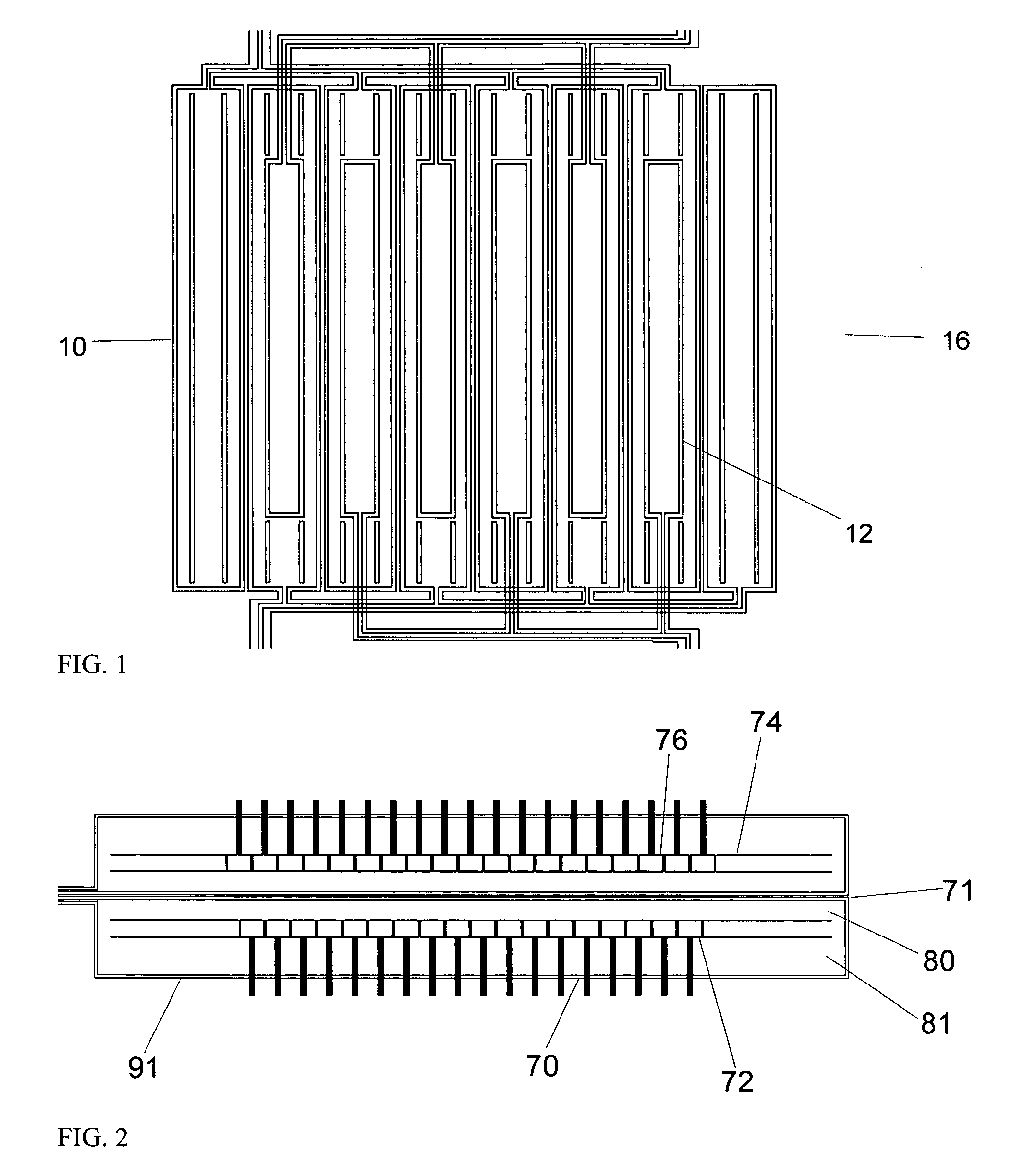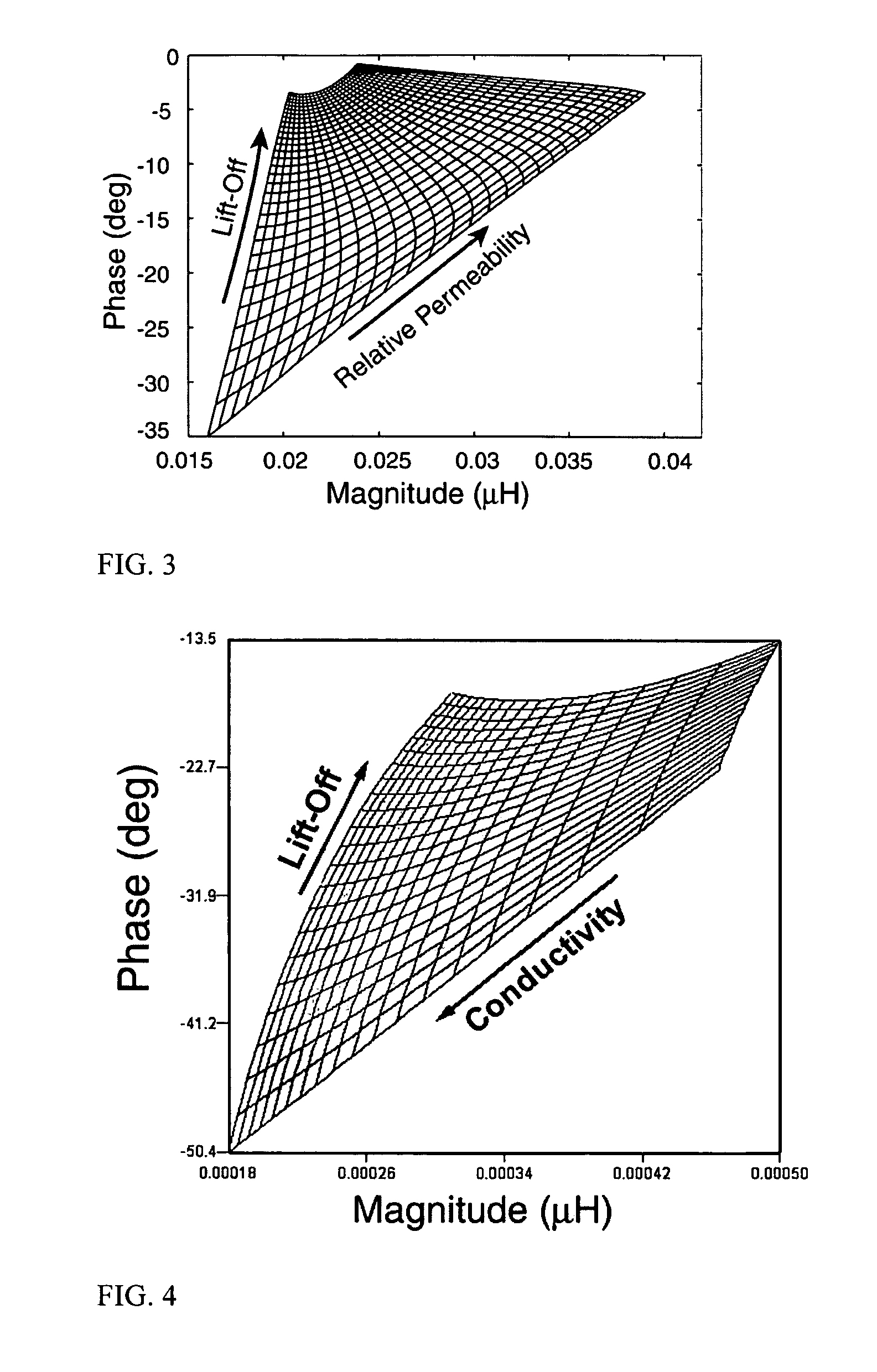Material characterization with model based sensors
a sensor and model technology, applied in the field of non-destructive materials characterization, can solve the problems of poor conductivity between the fastener and the skin layer, and the range of conductivity of alodine fasteners, so as to improve the reliability of crack detection, and improve the effect of conductivity
- Summary
- Abstract
- Description
- Claims
- Application Information
AI Technical Summary
Benefits of technology
Problems solved by technology
Method used
Image
Examples
Embodiment Construction
[0037] A description of preferred embodiments of the invention follows.
[0038] This invention is particularly directed toward the use of sensors whose response can be accurately modeled when proximate to a test material. Measurements of the sensor response are then converted into estimates of the effective properties of the test material, such as electrical conductivity, magnetic permeability, dielectric permittivity, and the thicknesses of material layers. The lift-off or sensor proximity to the test material surface is another layer thickness that can be estimated.
[0039] An example magnetic field sensor that operates in the magnetoquasistatic regime is shown in FIG. 1. This meandering winding magnetometer (MWM®) is a “planar,” conformable eddy-current sensor that was designed to support quantitative and autonomous data interpretation methods. The sensor 16 is described in U.S. Pat. Nos. 5,453,689, 5,793,206, 6,188,218, 6,657,429 and U.S. patent application Ser. No. 09 / 666,524 fil...
PUM
| Property | Measurement | Unit |
|---|---|---|
| frequencies | aaaaa | aaaaa |
| frequencies | aaaaa | aaaaa |
| crack length | aaaaa | aaaaa |
Abstract
Description
Claims
Application Information
 Login to View More
Login to View More - R&D
- Intellectual Property
- Life Sciences
- Materials
- Tech Scout
- Unparalleled Data Quality
- Higher Quality Content
- 60% Fewer Hallucinations
Browse by: Latest US Patents, China's latest patents, Technical Efficacy Thesaurus, Application Domain, Technology Topic, Popular Technical Reports.
© 2025 PatSnap. All rights reserved.Legal|Privacy policy|Modern Slavery Act Transparency Statement|Sitemap|About US| Contact US: help@patsnap.com



